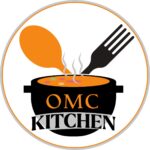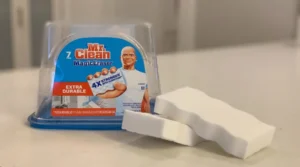For everyone’s health and safety, maintaining good kitchen hygiene while preparing meals is essential. Following these hygiene guidelines is the cornerstone of an effective food safety system, regardless of whether you’re cooking at home, in a professional kitchen, for catering, or at a food factory. In this post, we’ll look at ten guidelines for good kitchen hygiene that can help you safeguard the safety of your food and stop the spread of dangerous bacteria.
1. Always Wash Your Hands
In the kitchen, practicing proper hand hygiene is crucial. Raw foods can quickly transmit bacteria to your hands, contaminating everything you touch. Wash your hands properly before and after cooking as well as when preparing food. Keep in mind to maintain short, tidy fingernails. In order to maintain personal hygiene, make sure that you and your workers wear tidy, acceptable uniforms.
2. Prepare Foods Completely
For hazardous bacteria to be removed from food, it is essential to cook it to the proper temperature. Make sure every food is adequately cooked, with a core temperature of at least 70°C. Listeria monocytogenes, Salmonella, and E. coli are all killed at this temperature. Check the internal temperature of cooked items, particularly meats, using a food thermometer.
3. Safely Store Foods
For food safety and to avoid cross-contamination, proper food storage is crucial. To prevent contamination, keep raw foods and ready-to-eat meals apart at all times. For dry items like flour, pasta, and rice, use sealable containers, and store them in cabinets or on shelves. Organize the contents of your refrigerator, and throw out any expired food right away.
4. Cleaning As You Go
A straightforward but crucial kitchen hygiene technique is cleaning the surfaces and kitchen appliances after each usage. In addition to preserving cleanliness and orderliness, routine cleaning and sanitizing also stops the spread of dangerous microorganisms. Keep in mind that germs cannot be seen with the naked eye. To maintain a clean and germ-free atmosphere, use the proper cleaning supplies and establish a routine.
5. Refrain from Cross-Contamination
Food-borne infections can result from cross-contamination. Use distinct cutting boards for various food categories, such as fish, meat, vegetables, dairy products, and bread, to avoid this. Cutting boards with different colors might help you tell them apart. Always keep cooked food apart from uncooked meats and veggies. The chance of harmful microorganisms spreading is greatly decreased by these straightforward procedures. To reduce the danger of cross-contamination, think about setting apart particular regions or zones in the kitchen for various food types.
6. Scrubbed cutting surfaces
Cutting boards that have food residue on them can easily turn into a haven for bacteria. Cutting boards should be cleaned and sanitized right away after use to stop bacterial growth and cross-contamination. To properly clean the boards, use hot, soapy water or water and bleach. For an additional layer of security and simpler maintenance, think about utilizing cutting board mats or disposable cutting board sheets.
7. Frequently Clean Your Refrigerator
For food safety, a refrigerator must always be kept clean. The germs in the fridge might spread due to spills and ruined food. Every week, tidy and clean out your refrigerator, making sure to get rid of any expired food right away. Take everything out of the refrigerator, clean everything with a solution of water and vinegar, and let everything air dry completely.
Pro Tip:
Keep up with regional or industry-specific rules and norms for food safety. Your kitchen hygiene procedures will be further improved with additional instruction in basic food handling and chemical safety, which will improve the environment in which food is prepared safely.




